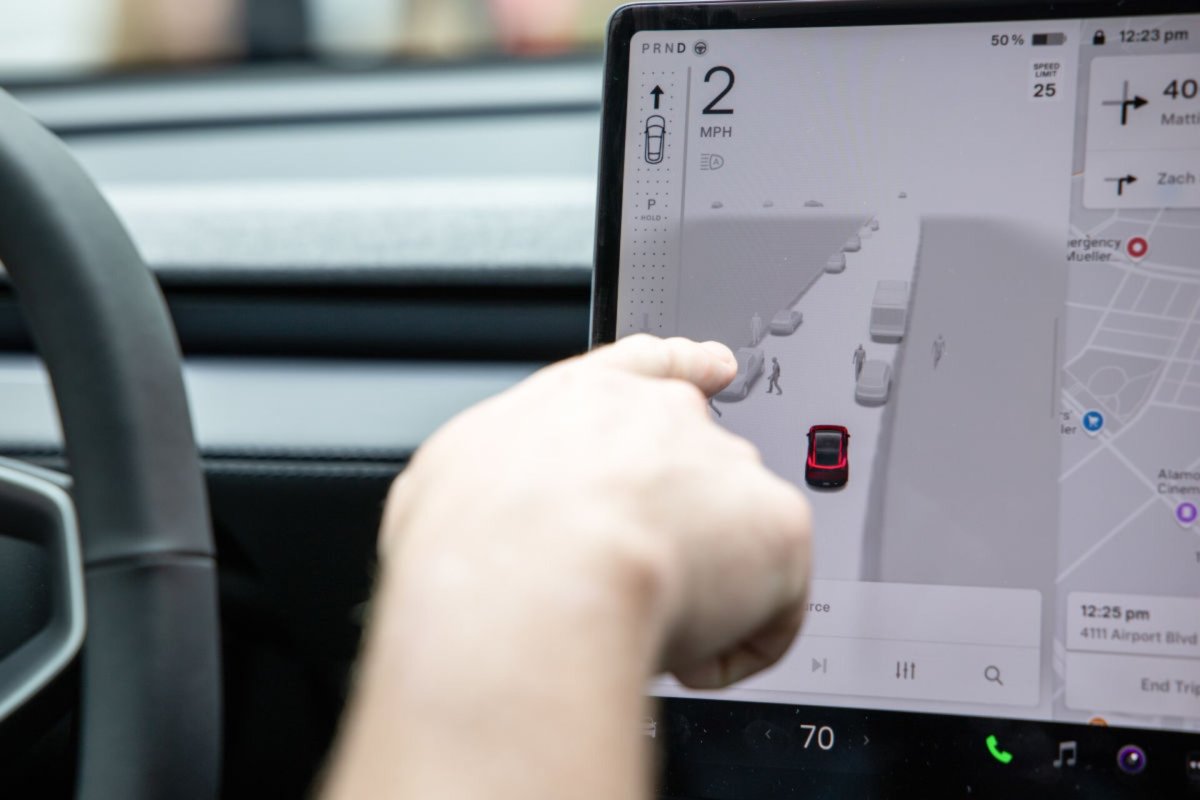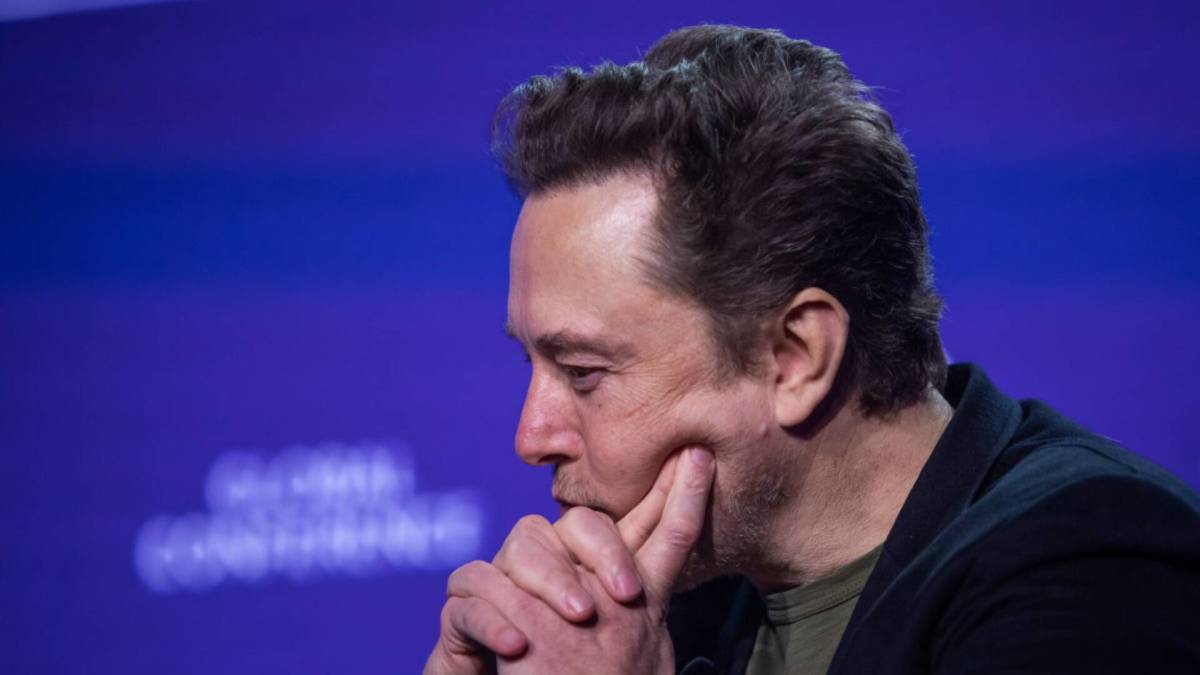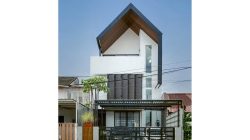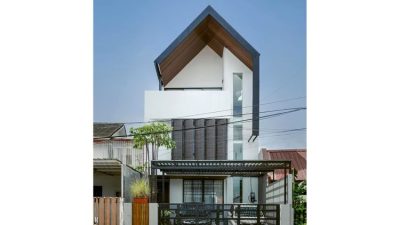Tesla’s
(
TSLA
)
robotaxi is here.
No matter how you lean on that, the EV giant threw down the gauntlet in the robotaxi war.
💵💰
Don’t miss the move: Subscribe to ‘s free daily newsletter
💰💵
It’s the payoff from decades of Musk’s hype and his long-standing vision for autonomous vehicles.
Following this weekend’s big reveal, it’s safe to say Elon’s autonomous vehicle (AV) vision is finally starting to take shape.
With Tesla and Musk sucking up all the oxygen, the competition is going somewhat unnoticed.
While Tesla’s robotaxi continues hogging all the spotlight, its rivals are quietly grinding through red tape, setbacks, and safety drama.
Bit by bit, they continue to gain ground in a market that’s about to blow up. Hence, what was once a futuristic concept is now arguably the biggest battleground of tech giants and automakers.

Robotaxi contenders are lining up
Tesla has finally entered the robotaxi race, but it’s far from being the first to the party.
Related: Tesla’s robotaxi finally launches, but there’s a twist
Alphabet’s
(
GOOGL
)
Waymo has been at this the longest.
It began as a nifty stealth Google project in 2009, launching its first real robotaxi rides in Phoenix by 2018. That head start has helped it build some serious tech muscle since then.
Also, Waymo does remarkably well in nailing the AV game so far.
While Tesla leans hard on cameras and neural nets, Waymo’s robust sensor suite handles things like fog and low light like a pro.
With over 10 million paid robotaxi rides completed so far, it’s running driverless service in San Francisco, Los Angeles, Phoenix, and has just added Austin.
Toss in its much-talked-about Uber
(
UBER
)
deal, and it’s clocking 250,000 rides a week. That’s bellwether status, no doubt.
After ditching its robotaxi dreams (and settling a $245 million lawsuit with Waymo), Uber shocked everyone in mid-2023 with its partnership with Waymo.
Now, Waymo’s robotaxis are live on the Uber app in Phoenix and Austin, running over 100 fully driverless cars in no time.
For Waymo, this is a smart power play.
It taps into Uber’s massive user base without sidestepping the need for a city-by-city network from scratch. For Uber, it gets to stay in the game without reinventing the tech.
EV stalwart Tesla is officially in the robotaxi game, but it’s fashionably late.
Its enigmatic CEO once promised a million driverless Teslas by 2020.
What we’ve got, though, in 2025 was a 10-car pilot in Austin. Nonetheless, it’s a moment, and though they’re not fully autonomous in the purest sense, it’s a start. Early buzz says the cars are smooth, safe, and surprisingly patient in traffic.
Related: Veteran Wall Street firm makes surprise call on tech stocks
Needless to say, the upside for Tesla is massive here.
It’s got the fleet, the brand, and the tech muscle to scale things fast. Wall Street’s taking note too, with the stock popping 9% on launch day.
Big questions remain, though, especially around safety. Regulators are circling, and FSD’s history of glitches and accidents raises doubts.
Those two aren’t the only ones looking to cash in on the robotaxi boom.
Amazon’s Zoox is another innovative robotaxi play, which looks more like something from Star Wars than Uber.
After years of quiet testing, it’s set to hit the streets in Las Vegas, with bigger targets like San Francisco and Miami up next.
China’s robotaxi squad is scaling hard and fast, too.
Chinese tech giant Baidu’s robotaxi service in Apollo Go, for instance, hit 10 million rides and counting. Also, Pony.ai and WeRide are expanding beyond Asia, and fast.
Still, for all the hype, the robotaxi world hasn’t exactly been failure-free.
More On Robotaxis:
-
Tesla’s robotaxi rollout runs into trouble
-
Musk’s AI chatbot weighs in on Tesla stock and Robotaxi
-
Tesla’s robotaxi rollout runs into trouble
Deep-pocketed players like GM’s Cruise have stumbled, with the automotive giant pulling the plug on Cruise’s robotaxi funding after years of losses.
Uber and Waymo take their driverless rides to Atlanta streets
Uber and Waymo are leveling up their partnership, and their latest stop is Atlanta.
Waymo’s all-electric Jaguars will now roam on a 65-square-mile zone, from Downtown to Buckhead, at no extra charge via the Uber app.
This rollout adds to their partnership from September last year, bringing Waymo One to Austin (live since March) and now Atlanta.
Riders tapping UberX, Comfort, or Comfort Electric might get whisked away by a driverless Jaguar I-PACE.
On the flipside, we saw Tesla’s much-awaited robotaxi debut in South Austin, with a handful of Model Ys offering paid robotaxi rides at $4.20 a trip.
Early fans call it “magic,” but safety questions linger
after viral clips show
Teslas drifting into the wrong lanes.
Social media videos of Tesla’s FSD beta drifting off course have stoked safety issues, even as company staff ride shotgun as “safety monitors.”
Meanwhile, Uber’s tie-up with Waymo nudges it ahead of Tesla’s seemingly slower, bumpy rollout.
Related: Veteran Tesla analyst makes boldest robotaxi call yet













